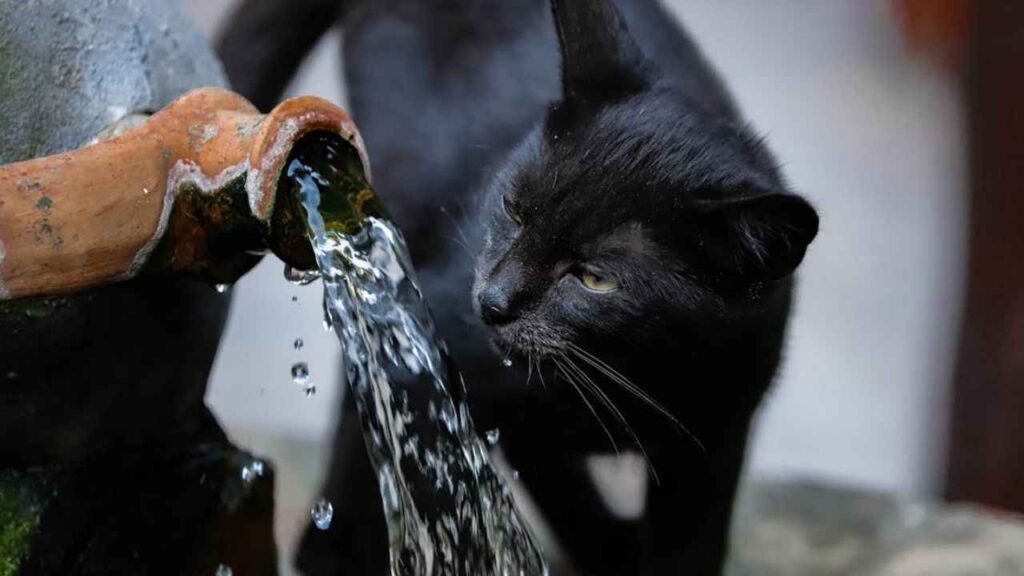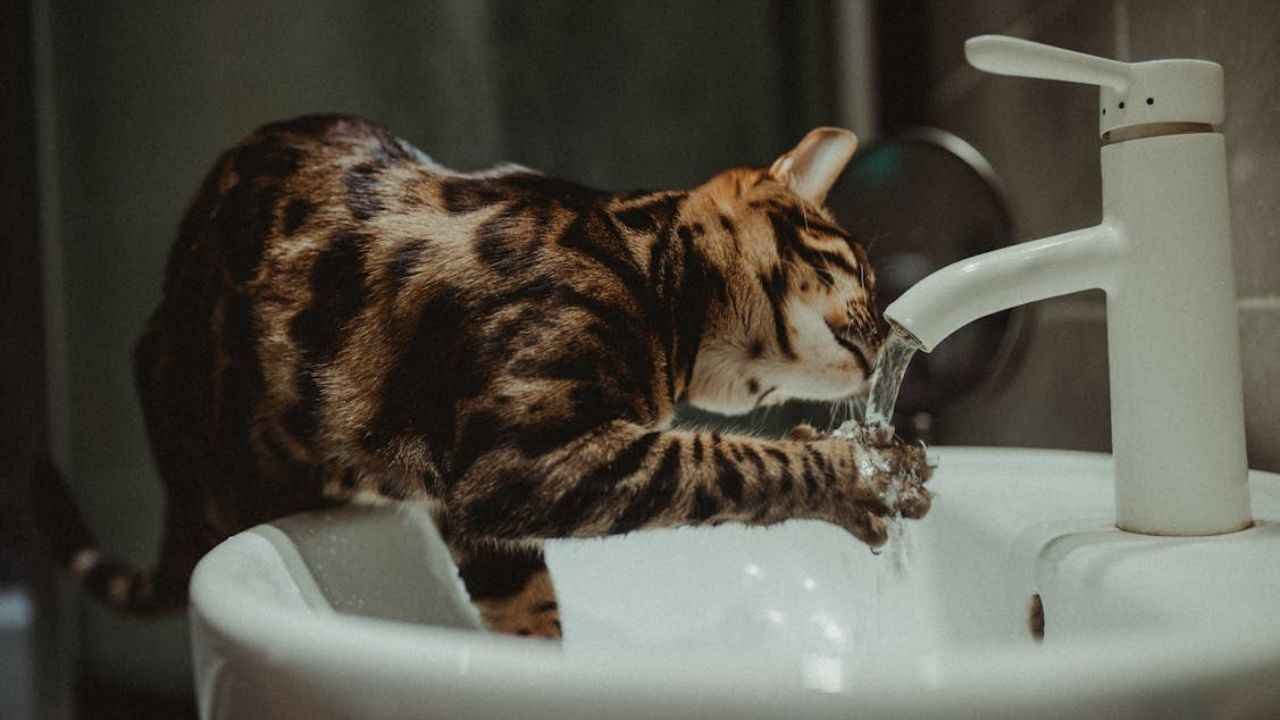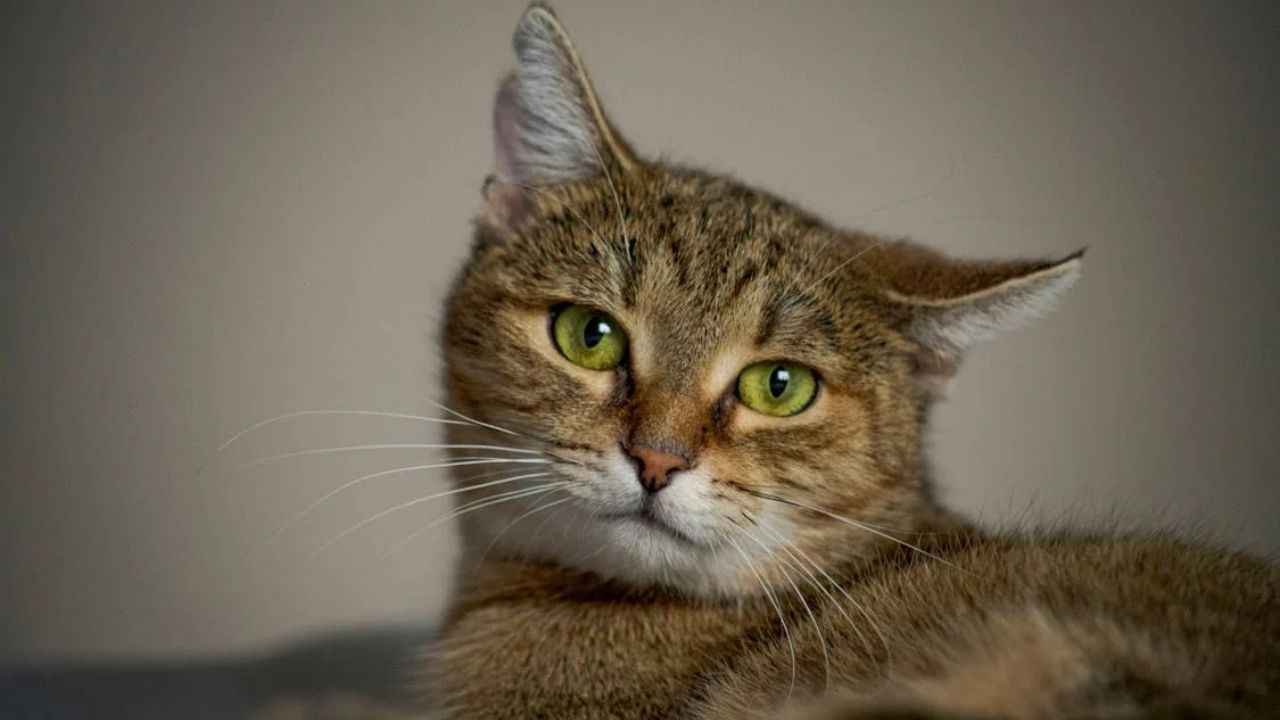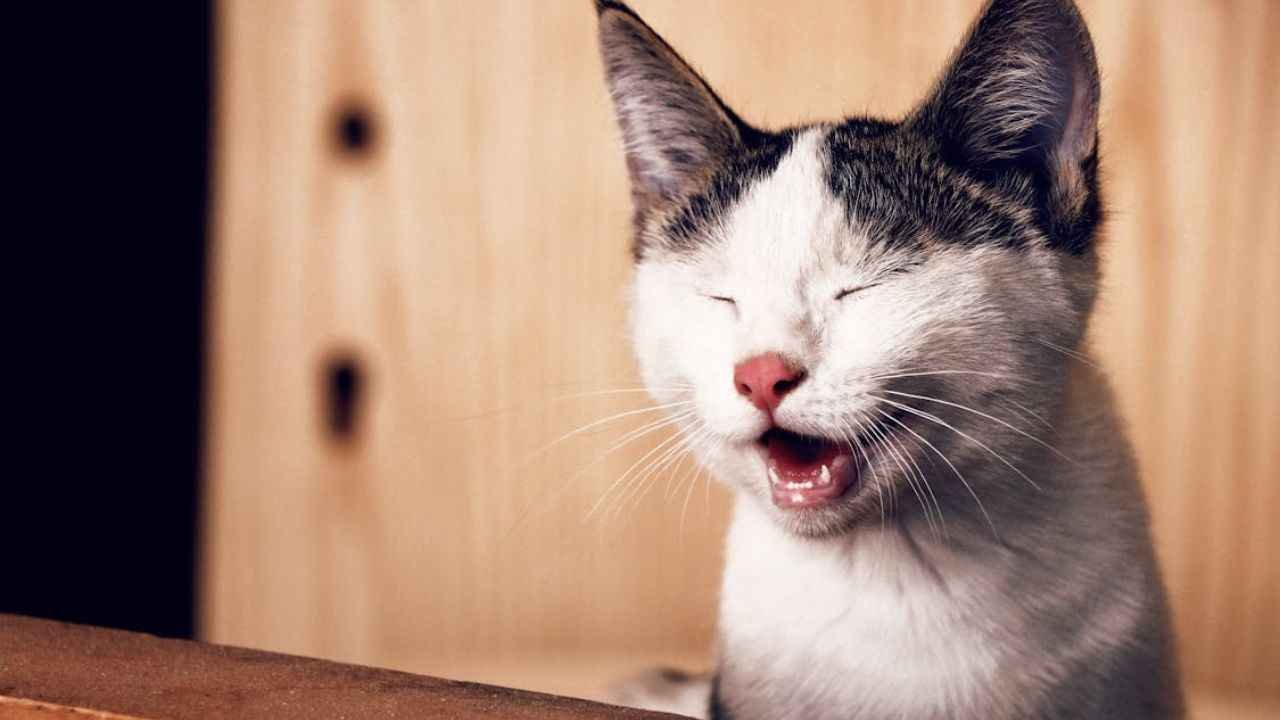Water plays a crucial role in maintaining the overall well-being of your feline friend. As conscientious cat owners, it’s essential to ensure your cat is adequately hydrated, as dehydration can lead to various health complications. This comprehensive guide will delve into the importance of water intake for cats, the signs of dehydration, how much water cats should drink, and practical tips to encourage hydration.
Why Is Water Important for Cats?
Water constitutes a significant portion of a cat’s body, fulfilling vital physiological functions:
- Regulates body temperature: Water aids in dissipating heat through evaporation, keeping your cat cool and comfortable.
- Lubricates joints and tissues: Water facilitates smooth movement and prevents friction in joints and connective tissues.
- Supports digestion: Adequate hydration promotes proper digestion, preventing constipation and facilitating nutrient absorption.
- Maintains kidney health: Water helps flush out toxins from the kidneys, preventing the formation of kidney stones and other urinary tract issues.
- Boosts immune function: Sufficient water intake supports the immune system, aiding in fighting off infections and maintaining overall health.
Signs of Dehydration in Cats
Monitoring your cat’s hydration status is crucial for early detection of dehydration. Signs to watch out for include:
- Lethargy and weakness: Dehydrated cats are less active and appear weak and tired.
- Dry mouth and gums: The mouth and gums should be moist and pink. Dryness indicates dehydration.
- Sunken eyes: Dehydration can cause the eyes to appear sunken or recessed.
- Decreased urination: Monitor the frequency and quantity of your cat’s urination. Reduced urine output signifies dehydration.
- Skin elasticity loss: Gently pinch the skin on your cat’s neck. If it doesn’t snap back into place quickly, it indicates dehydration.
How Much Water Should Cats Drink?
Determining the ideal water intake for cats depends on several factors, including age, size, activity level, and diet. As a general guideline:
- Adult cats: Aim for approximately 4-6 ounces of water per 5 pounds of body weight daily.
- Kittens: Require more water per pound than adult cats. Consult with your veterinarian for specific recommendations.
- Nursing or pregnant cats: May need additional hydration.
- Active cats: More active cats require higher water intake to replenish lost fluids.
- Dry food diet: Cats on a primarily dry food diet may require more water consumption to compensate for lower moisture content in their food.

Tips to Encourage Cat Hydration
Encouraging your cat to drink more water can sometimes be challenging. Here are some practical tips to entice hydration:
- Provide multiple water sources: Place several water bowls around the house in various locations to make water readily accessible.
- Use a pet fountain: The gentle flow of water from a pet fountain attracts many cats and stimulates their drinking instinct.
- Add some flavor: Consider adding a small amount of tuna juice or bone broth to the water to enhance its palatability.
- Offer wet food: Cats tend to consume more water when eating wet food due to its higher moisture content.
- Ensure water bowls are clean: Cats prefer fresh, clean water. Wash water bowls regularly to prevent bacterial growth and maintain water quality.
- Avoid placing water bowls near litter boxes: Cats naturally avoid drinking water near their elimination areas.
- Consider water additives: Consult with your veterinarian about using water additives that may promote hydration, such as electrolytes or flavoring drops.
When to Seek Veterinary Attention
If you suspect your cat is dehydrated or exhibiting any of the signs mentioned above, especially if they persist or worsen, it’s essential to seek veterinary attention promptly. Dehydration can be a severe condition requiring professional medical intervention.
Conclusion
Ensuring your cat drinks enough water is paramount to their overall health and well-being. By understanding the importance of hydration, recognizing signs of dehydration, and implementing practical tips to encourage water intake, you can help your feline companion stay hydrated and healthy. Remember, monitoring your cat’s hydration status and consulting with your veterinarian for personalized advice is crucial for a happy and healthy furry friend.
| How to Keep Indoor Cats Entertained |
| What Does it Mean When a Cat Purrs Loudly? |
| How to Tell if Your Cat Has a Fever |
FAQs on Cat Hydration
How much water should my cat drink per day?
Approximately 60-80 ml per kilogram of body weight (e.g., a 5 kg cat should drink 300-400 ml daily).
How can I tell if my cat is dehydrated?
Signs include dry or sticky gums, sunken eyes, lethargy, decreased appetite, and infrequent urination.
What are the risks of dehydration in cats?
Dehydration can lead to serious health problems, such as urinary tract infections, kidney failure, and even death.
Why isn’t my cat drinking enough water?
Possible reasons include water aversion, dental problems, underlying medical conditions, or urinary tract disorders.
How can I encourage my cat to drink more water?
Provide multiple water bowls in different locations, use a water fountain, add water to wet food, and avoid using plastic bowls.
Is it okay to give my cat milk instead of water?
No. While milk may seem appealing, it’s not a good substitute for water and can cause digestive issues.
What if my cat has a urinary tract infection (UTI)?
UTIs can cause increased thirst and water intake. Consult a veterinarian for prompt diagnosis and treatment.
Can my cat get too much water?
Excessive water intake can be a sign of underlying medical conditions, such as kidney disease. Consult a veterinarian if you observe excessive drinking.
Is it normal for my cat to drink more water in hot weather?
Yes. Cats may drink more water to stay hydrated during warm temperatures.
When should I consult a veterinarian about my cat’s hydration?
If your cat shows signs of dehydration, refuses to drink water, or has a sudden increase in water intake, seek veterinary attention immediately.=




